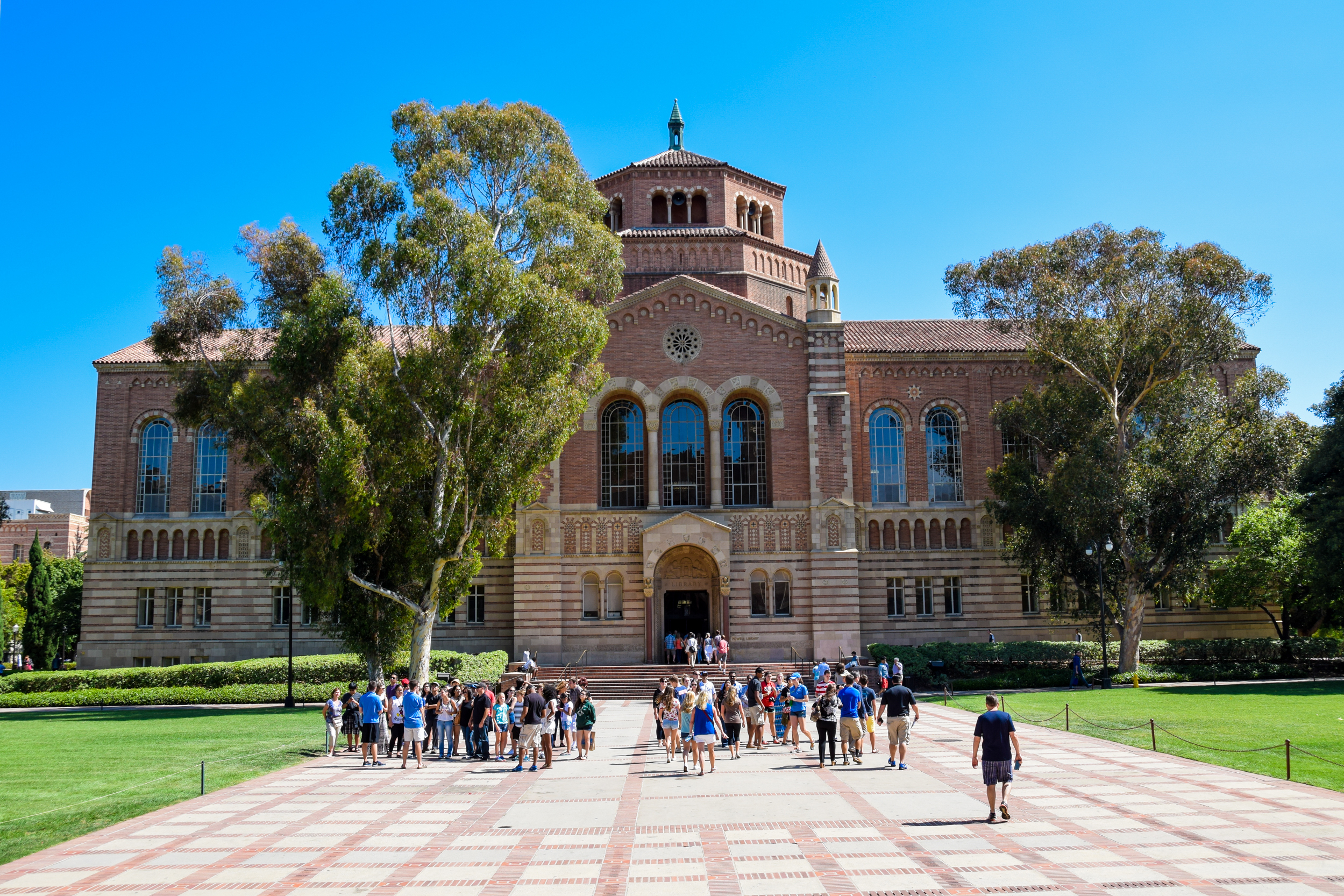February 3, 2016

As a new college freshman, the excitement of starting school probably isn’t the only thing on your mind. With tuition rates at around $31,231 a year for a private four-year college, the cost of your education likely has you pretty worried and looking for ways to save money.
While there’s not much you can do to save on tuition and room and board (other than choosing a less expensive school), there are expenses that you can reduce or skip altogether. With that said, here are the five key expenses we recommend avoiding during your first year of school if you want to keep your costs down:
-
- Don’t buy new textbooks. College freshman can save a ton of money by buying used textbooks on Amazon, or renting them on BookRenter.com or Chegg.com. And no matter what – don’t get your books or school supplies from the school store. It’s almost always the most expensive option.
-
- Don’t splurge on the most expensive meal plan right away. You want to check out the school’s food situation before you commit to a pricey meal plan. We recommend going with the smallest plan first and making sure you can eat the school’s food every day. From there, you can make an informed decision and either stay on the meal plan or cancel it altogether and shop for groceries and eat your meals off-campus.
-
- Don’t bring your car to school. If you have a car on campus, your vehicle fees, parking, gas, maintenance, and other expenses will cost you an average of $1,073 a year. And if you drive more than the average student, those costs can easily rise even more. If possible, leave the car at home and walk, bike, and use the school shuttle and public transportation to get around.
-
- Don’t go crazy with school pride. It’s normal for freshman to get so excited about attending college that they quickly buy a whole new wardrobe of school sweatshirts, tee-shirts, and accessories to show their pride – but this can easily add up to several hundred dollars. Instead, show some restraint. Splurge on just one nice sweatshirt, and ask for another one for Christmas or your birthday.
- If you can avoid it, don’t spend on out-of-state tuition fees. The reality is out-of-state schools are substantially more expensive than in-state options. For the 2015-2016 school year, students paid an average of $9,410 a year at public in-state colleges and $23,893 a year at public out-of-state colleges. Plus, you’ll need to cover relocation costs and travel expenses during school holidays and breaks. However, that’s not to say you can’t go to an out-of-state school if you have your heart set on it. Just prepare in advance by finding out about your school’s residency requirements and cutting back on all of your other expenses to save money.
Please note that the information provided on this website is provided on a general basis and may not apply to your own specific individual needs, goals, financial position, experience, etc. LendKey does not guarantee that the information provided on any third-party website that LendKey offers a hyperlink to is up-to-date and accurate at the time you access it, and LendKey does not guarantee that information provided on such external websites (and this website) is best-suited for your particular circumstances. Therefore, you may want to consult with an expert (financial adviser, school financial aid office, etc.) before making financial decisions that may be discussed on this website.




